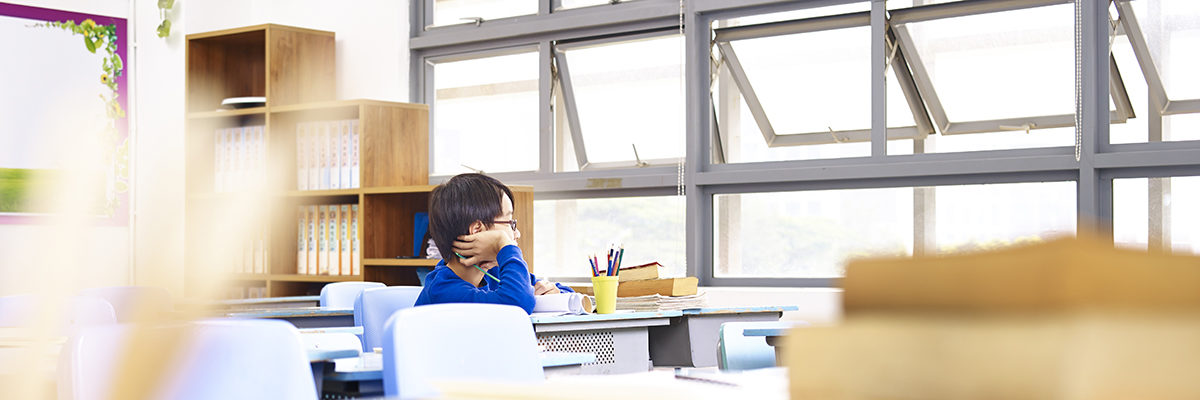Employers must ensure that ventilation is sufficient in all workspaces.
Under regulation 6 of the Workplace Health, Safety and Welfare Regulations, employers must ‘ensure that every enclosed workplace is ventilated by a sufficient quantity of fresh or purified air’.
Not only is it the law to provide sufficient fresh air, but studies have shown that good ventilation is associated with:
-
improved health
-
better concentration
-
higher levels of satisfaction with an environment
-
lower rates of absence from work
-
better quality of sleep
-
reduced exposure to a wide range of air pollutants
Ventilation improves the air quality in rooms, improves comfort levels and decreases the levels of any pathogens and allergens. With regard to pathogens such as cold, flu or Covid-19 viruses, adequate ventilation reduces the levels of viruses in the air. It helps reduce the risk from aerosol transmission, when someone breathes in small particles (aerosols) in the air after a person with a virus has been in the same enclosed area.
The risk of transmission of viruses is greater in areas that are poorly ventilated.
Poorly ventilated areas will normally be hotter and stuffier than areas with good ventilation, and will have higher levels of carbon dioxide (CO2).
Adequate ventilation is not just a health and safety issue, but is also a teaching and learning issue. There is a scientifically proven link between levels of CO2 and the brain’s ability to learn. Adequate ventilation is therefore vital for effective learning to take place.
Identifying poorly ventilated areas is very important and can be done using carbon dioxide (CO2) monitors, which were distributed during the Covid-19 pandemic and should still be in use.
Where CO2 levels rise above 800ppm occasionally, this should be viewed as a sign that ventilation needs to be increased. This is usually achieved by opening doors or windows.
Whilst opening doors can be effective, internal fire doors must not be propped or wedged open unless fitted with automatic closing devices. External fire exit doors can be opened and propped or wedged open, provided they open into a secure location and do not pose a safeguarding risk.
Where a room has levels consistently above 800ppm, this should be reported to school management, as if normal opening of windows etc. is not effective, other measures such as mechanical ventilation, limiting the numbers of people in the room, or repairing windows that no longer open will need to be considered.
Where levels exceed 1500ppm, this is indicative of poor air quality and the air in the room should be purged. School management should be informed if levels cannot be lowered sufficiently, as additional measures such as detailed above may be required. If the levels cannot be quickly lowered to acceptable levels, school management should be informed and an alternative room should be provided. The room should also have an additional risk assessment carried out. HSE guidance on the use of CO2 monitors and their placement can be found on the HSE website.
Irrespective of the availability of CO2 monitors, rooms without sufficient natural/mechanical ventilation, where there is a feeling of ‘stuffiness’ or bad odours, or where there are any other concerns about ventilation will require measures to be taken.
Further guidance on ventilation is available on the HSE Ventilation in the workplace web page.
Where ventilation is poor, air filtration units are to be used to purify the air, although these will not reduce CO2 levels. Further guidance on air filtration can be found on our Air Filtration in Schools and Colleges page.
Where there are concerns about ventilations, members and NASUWT Representatives should raise these with management in the first instance. If the response in insufficient, you should contact the NASUWT for further advice.
Your feedback
If you require a response from us, please DO NOT use this form. Please use our Contact Us page instead.
In our continued efforts to improve the website, we evaluate all the feedback you leave here because your insight is invaluable to us, but all your comments are processed anonymously and we are unable to respond to them directly.

